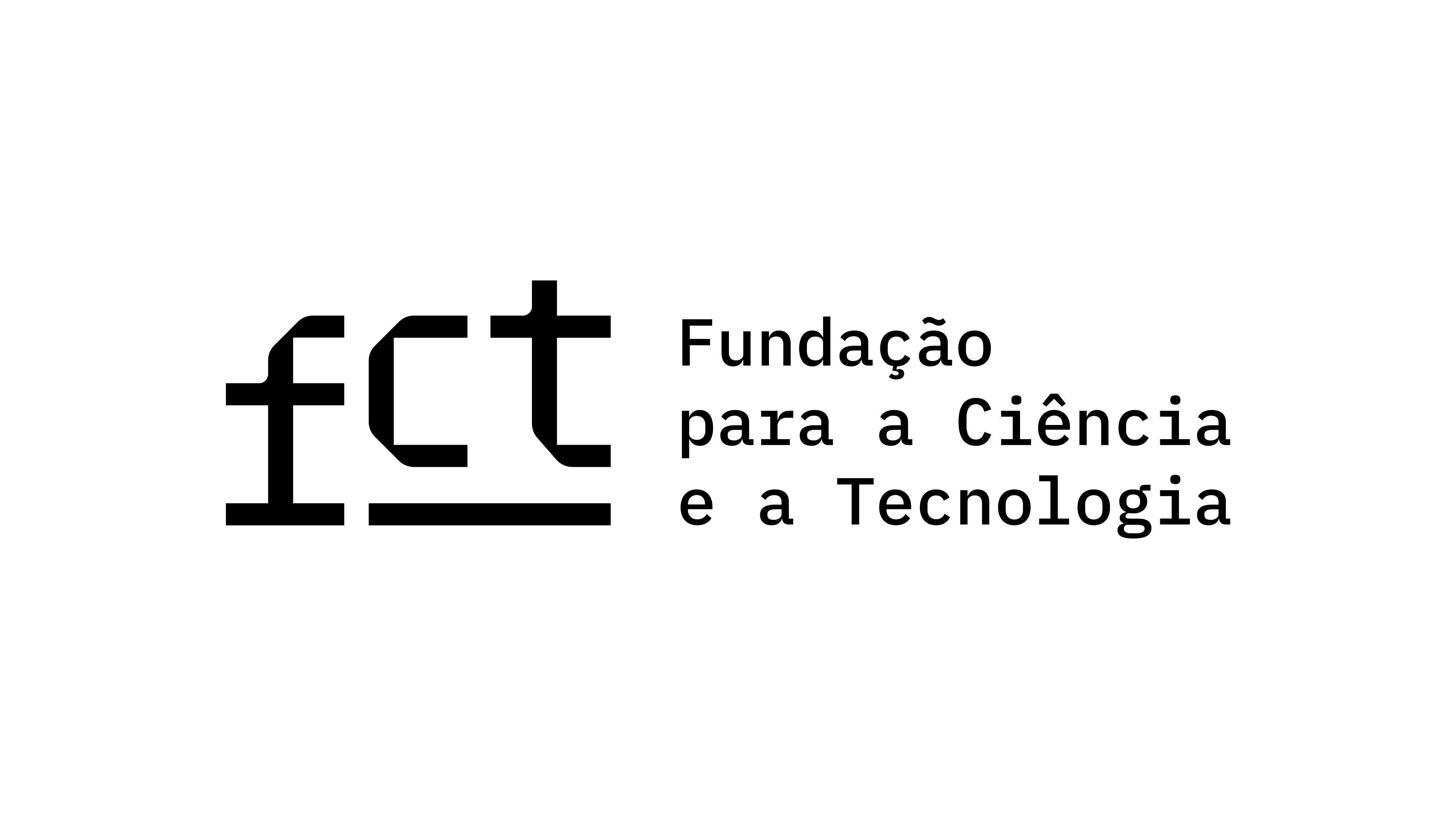Human/Cyborg/Alien/Friend: Postwar Ressentiment in Japanese Science Fiction and Posthuman Ethics in Kamen Rider Fourze
Palavras-chave:
Kamen Rider, Japanese science fiction, posthumanism, Martin Heidegger, the politics of friendshipResumo
This essay examines the television and film series Kamen Rider Fourze (2011-2012), approaching it within its role in the larger mode of tokusatsu filmmaking in Japanese science fiction. Tokusatsu or “special filming” consists of live-action science fiction narratives that heavily feature special effects. Evident in the way that the first tokusatsu text, Gojira (1954, Honda Ishirō), refers to the U.S. hydrogen bomb tests at Bikini Atoll that killed twenty-three fishermen, the mode shares a deep connection with its historical context and is continually haunted by the atomic bombings of Hiroshima and Nagasaki. As the bombings did nothing less than force the Japanese to reconsider the contours of their own humanity, going so far as to engender new identities such as the hibakusha or “bomb-affected people,” the concern with humanism becomes a core component for tokusatsu. In the imaginary of science fiction, an emasculated nation reactualizes national trauma, copes with the anxiety of complete disarmament following the Potsdam Declaration, and coopts the technonationalist interest in science and technology that motivated the postwar rebuilding effort. While the atomic bombs pushed Japan past the limits of humanity, tokusatsu dreams of the possibility of new forms of life through colorful monsters and cyborg superheroes. Actualizing the fantasy of rearmament, these new creatures embody the desire of postwar Japanese science fiction and reveal it to be a cinema of Nietzschean ressentiment.
This essay simultaneously reads Kamen Rider Fourze as a representative of this history and a radical break. Drawing on the work of Donna Haraway, Martin Heidegger, and Jacques Derrida among others, this essay initially places Kamen Rider Fourze in this long tradition of postwar Japanese moving image culture. Like much of tokusatsu, Kamen Rider Fourze depicts a Japan under attack and details the rise of a teenage cyborg superhero. And although the hero of Kamen Rider Fourze decries Japanese disarmament and realizes the desire for a final weapon, the series actually moves into a radical space that hews much closer to Donna Haraway’s notion of the cyborg. Those politics are facilitated by Fourze’s alternative comportment to technology where technology does not merely operate as weaponry that obliterates the alien, enemy Other. Instead, technology functions as Heidegger’s techné and reveals the violent, binaristic, hierarchizing character of humanism. Fourze thus pushes past the resentful slave morality of World War II, opting instead for ethics that are framed around posthuman politics and the ethos of friendship. In the end, Kamen Rider Fourze points not only to a break in national trauma, but also to nothing less than the potentiality of a different mode of cinema that reorients the relationship between Self and Other.
Keywords: Kamen Rider, Japanese science fiction, posthumanism, Martin Heidegger, the politics of friendship
Downloads
Publicado
Como Citar
Edição
Secção
Licença

Este trabalho encontra-se publicado com a Licença Internacional Creative Commons Atribuição 4.0.




